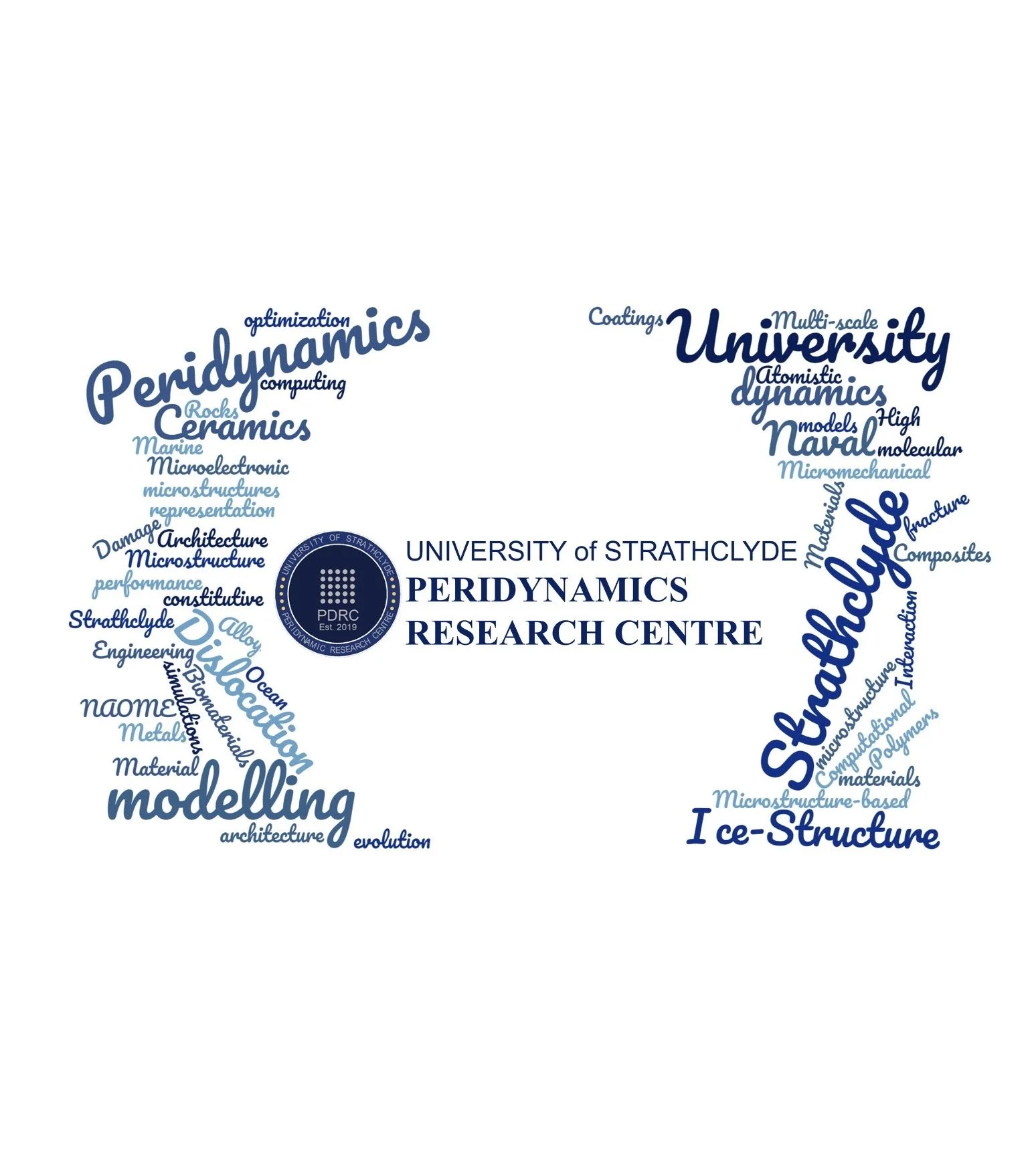HYDRODYNAMICS
Transmission loss diagram for a spherical source
UNDERWATER ACOUSTICS
Underwater acoustics is the study of the propagation of sound in water and the interaction of the mechanical waves that constitute sound with the water, its contents and its boundaries. The water may be in the ocean, a lake, a river or a tank. Typical frequencies associated with underwater acoustics are between 10 Hz and 1 MHz. The propagation of sound in the ocean at frequencies lower than 10 Hz is usually not possible without penetrating deep into the seabed, whereas frequencies above 1 MHz are rarely used because they are absorbed very quickly.
FLUID-STRUCTURE INTERACTION
Fluid–structure interaction (FSI) is the interaction of some movable or deformable structure with an internal or surrounding fluid flow. Fluid–structure interactions are a crucial consideration in the design of many engineering systems, e.g. aircraft, spacecraft, engines and bridges. Aircraft wings and turbine blades can break due to FSI oscillations. Fluid–structure interactions also occur in moving containers, where liquid oscillations due to the container motion impose substantial magnitudes of forces and moments to the container structure that affect the stability of the container transport system in a highly adverse manner.
Hydrodynamic pressure distribution acting on a containership.
VORTEX PARTICLE METHOD
Vortex Particle Method is a technique for fluid flow simulations.




